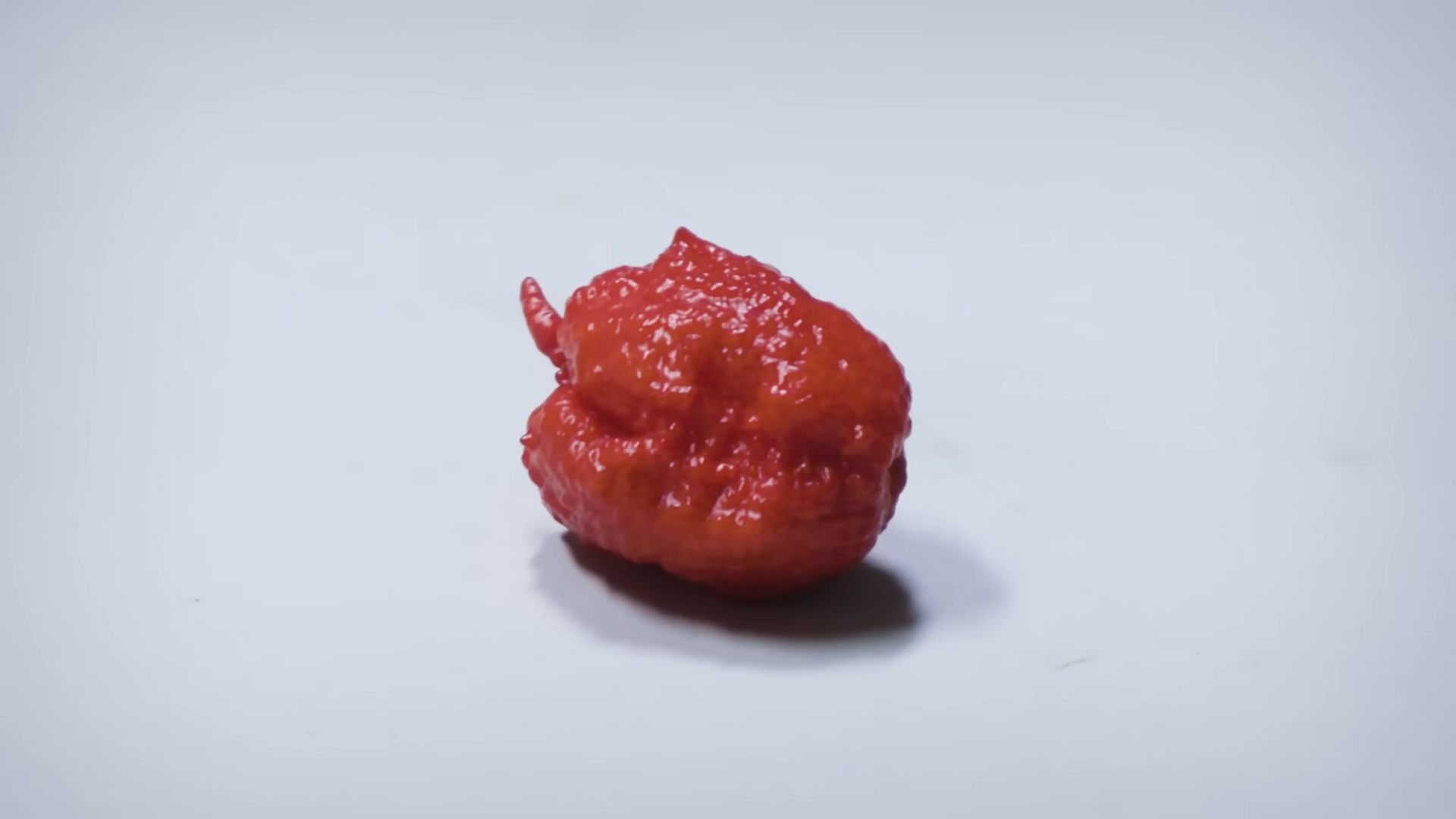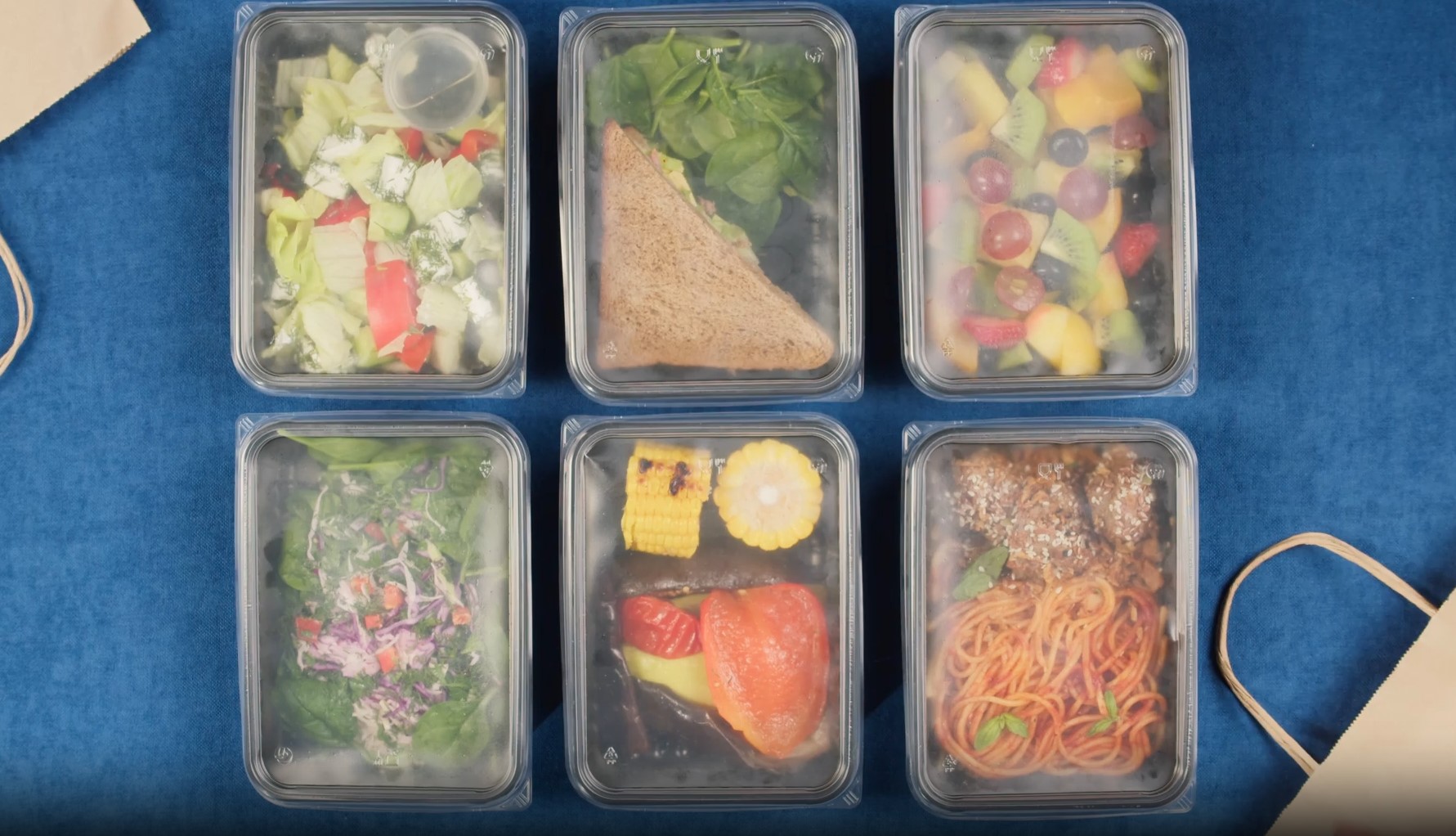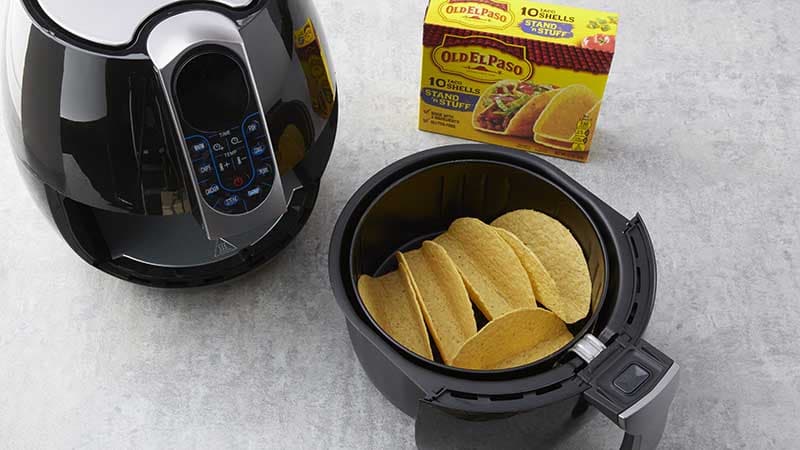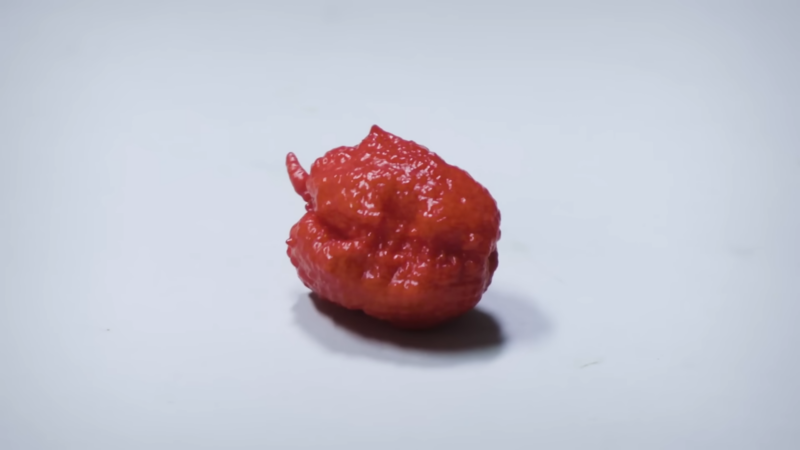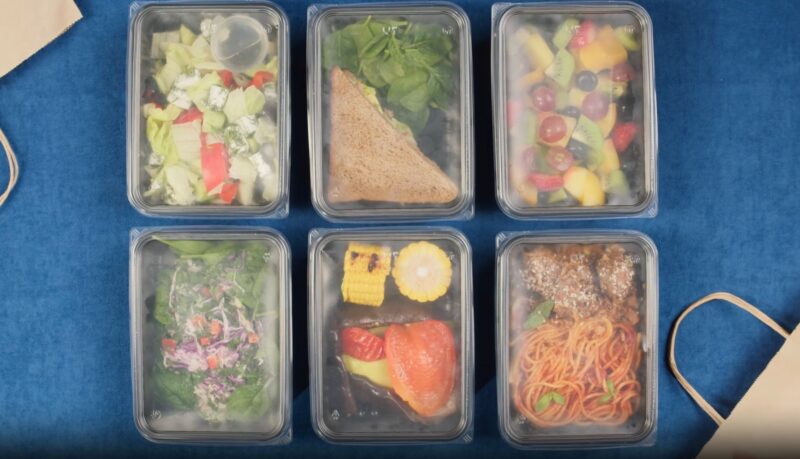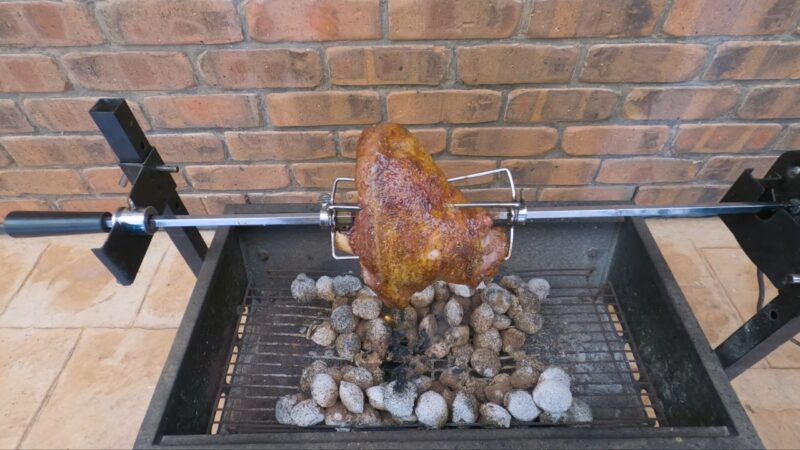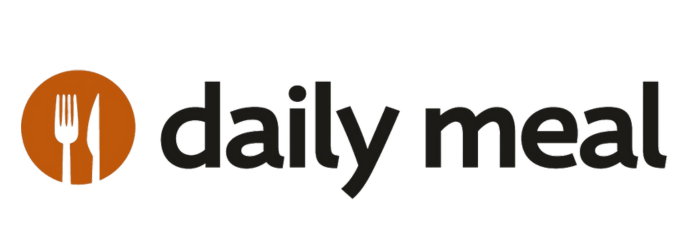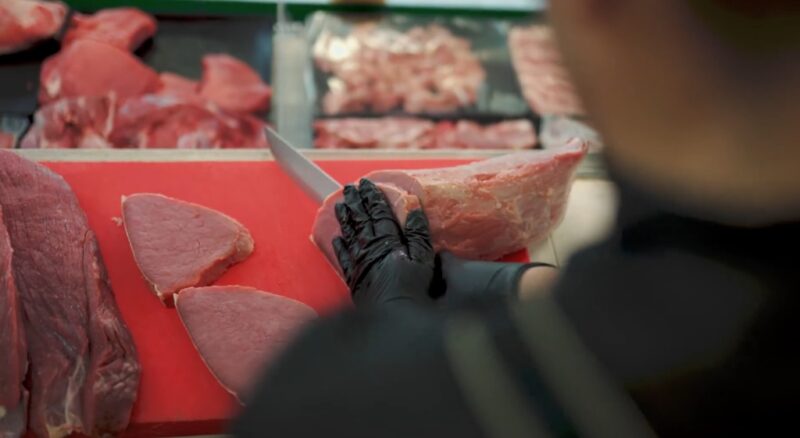
The meat industry constantly seeks innovative ways to extend the shelf life of its products while maintaining quality and safety. One of the most promising developments in this area is the advent of smart packaging. Smart packaging refers to systems that can monitor the condition of packaged food to provide information about its quality during transport and storage.
This technology is revolutionizing meat packaging by offering solutions beyond traditional methods. In this article, we’ll delve into some smart packaging solutions that can enhance the shelf life of meat products.
Table of Contents
ToggleInnovative Technologies In Smart Packaging
Smart packaging technologies encompass tools designed to improve meat products’ safety, quality, and shelf life. These technologies include indicators that monitor temperature, humidity, and gas composition within the package and the materials that can actively control these parameters. This technological advancement has been a game-changer in ensuring that meat products remain fresh and safe from production to consumption.
Some key players in providing advanced packaging solutions are companies specializing in packaging automation, such as tdipacksys.com. They offer cutting-edge technology that aligns with the modern demands of the meat packaging industry. The solutions offered by these companies are designed to enhance the efficiency and reliability of processes, thereby significantly extending the shelf life of meat products.
Extending Shelf Life Through Advanced Packaging Materials
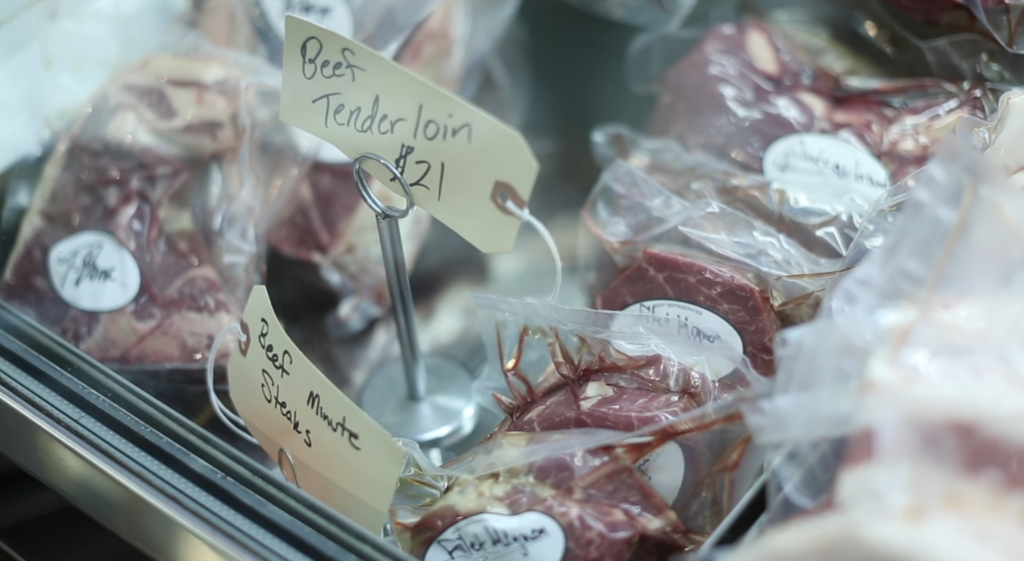
The choice of packaging materials plays a pivotal role in the shelf life of meat products. Innovations in material science have led to the development of advanced films and coatings that are more effective in preserving meat quality. These materials are designed to prevent microbial growth and reduce oxidation, two primary factors that lead to spoilage.
For example, edible films and coatings are innovative materials that act as protective layers, applied directly to meat products. They’re designed to be safe for consumption while providing a barrier against moisture and microbial invasion. This approach helps preserve the freshness and quality of the meat and addresses environmental concerns by reducing reliance on synthetic, non-biodegradable packaging materials. These coatings often contain natural preservatives, further extending the product’s shelf life.
Active and Intelligent Packaging
Active packaging interacts with the meat product to extend its shelf life. This can involve the release of compounds that inhibit microbial growth or absorb excess oxygen, which is a major cause of spoilage.
On the other hand, intelligent packaging includes features that provide information about the product’s condition. This can consist of indicators for temperature changes, which are critical in maintaining the safety and quality of meat products during transportation and storage.
The Role Of Modified Atmosphere Packaging (MAP)
Modified Atmosphere Packaging (MAP) is a technology widely adopted in the meat packaging industry. MAP involves replacing the air inside a package with a gas mixture (usually carbon dioxide, nitrogen, and sometimes oxygen) that slows microbial growth and oxidation. This technology has been particularly effective in extending the shelf life of fresh meat products without the need for preservatives.
Vacuum Packaging
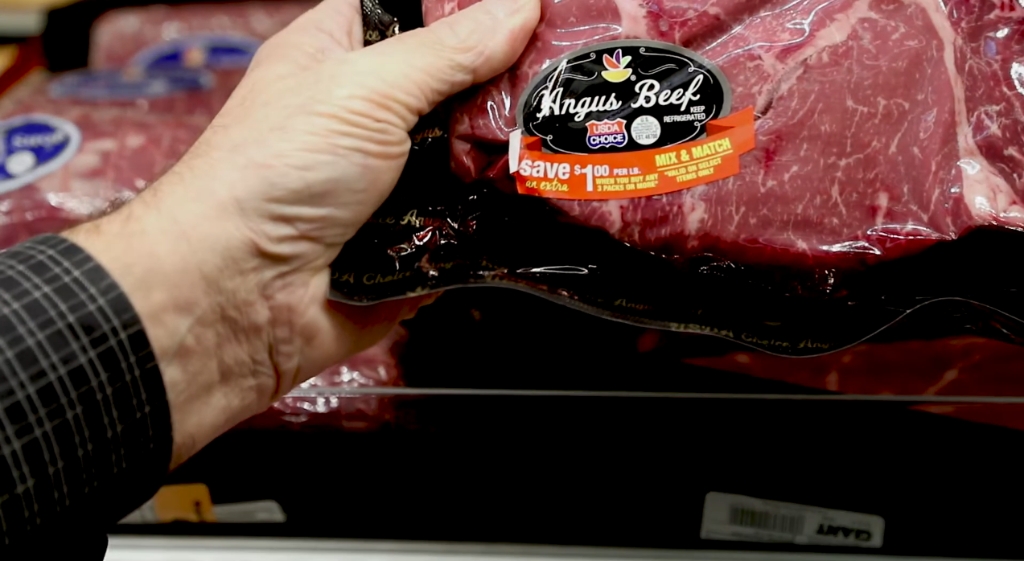
Vacuum packaging remains one of the most effective methods for extending the shelf life of meat products. Removing air from the package reduces the rate of oxidation and limits aerobic microorganisms’ growth. Vacuum packaging is especially effective for red meats, as it can preserve their color and texture over a longer period than other methods.
Skin Packaging
This packaging method tightly wraps the product, conforming closely to its shape. By doing so, it significantly reduces the amount of oxygen in contact with the product. This limited exposure to oxygen plays a crucial role in slowing down the deterioration process, thereby prolonging the shelf life of the meat products. The snug fit also protects against physical damage during transportation and handling.
Smart Labels And Indicators
These advanced features embedded in packaging provide crucial real-time data regarding the condition of the meat products. They can indicate temperature fluctuations, exposure to gases, or even pH changes, which are vital signs of spoilage. Smart labels and indicators contribute to food safety by alerting consumers to potential quality issues. They also enhance consumer trust by promoting transparency about the product’s freshness and handling history.
Emerging Trends In Smart Packaging
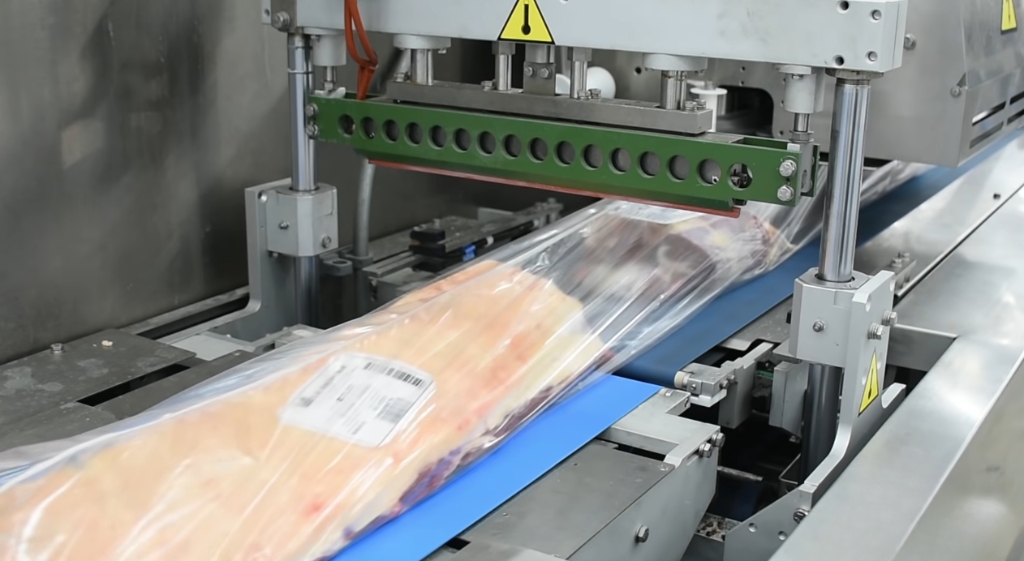
As technology evolves, new trends in smart packaging for meat products are emerging. These include the use of nanotechnology to create more effective barrier properties in packaging materials and integrating sensors to provide real-time data on the product’s condition. Such innovations are expected to offer even greater control over the factors affecting meat products’ shelf life.
Sustainability In Smart Packaging
Sustainability is a growing concern in the packaging industry, and smart packaging technologies are being developed with this in mind. Biodegradable and recyclable materials are increasingly used in meat packaging to reduce environmental impact. Additionally, the efficiency improvements offered by smart packaging can reduce waste regarding spoiled products and packaging materials.
As we delve into innovations shaping the future of the food industry, an intriguing aspect to consider is how advancements in sustainable meat production, covered in our article, contribute to the broader discourse on cutting-edge approaches to cultivating protein, tying seamlessly with the insights presented in this exploration of smart packaging for meat products.
Enhancing Shelf Life: Techniques and Strategies
Extending the shelf life of meat products isn’t just about using the right technology; it’s also about employing effective strategies. Some of these include:
- Temperature Control: Maintaining the right temperature throughout the supply chain is crucial. Smart packaging with built-in temperature sensors can alert suppliers to deviations from the ideal temperature range.
- Hygiene and Safety Measures: Implementing strict hygiene protocols during packaging can prevent contamination and extend shelf life.
- Consumer Education: Educating consumers on properly storing and handling meat products is essential to ensure extended shelf life.
By considering these techniques, industries can better enhance the shelf life of different meat products.
Challenges And Future Directions
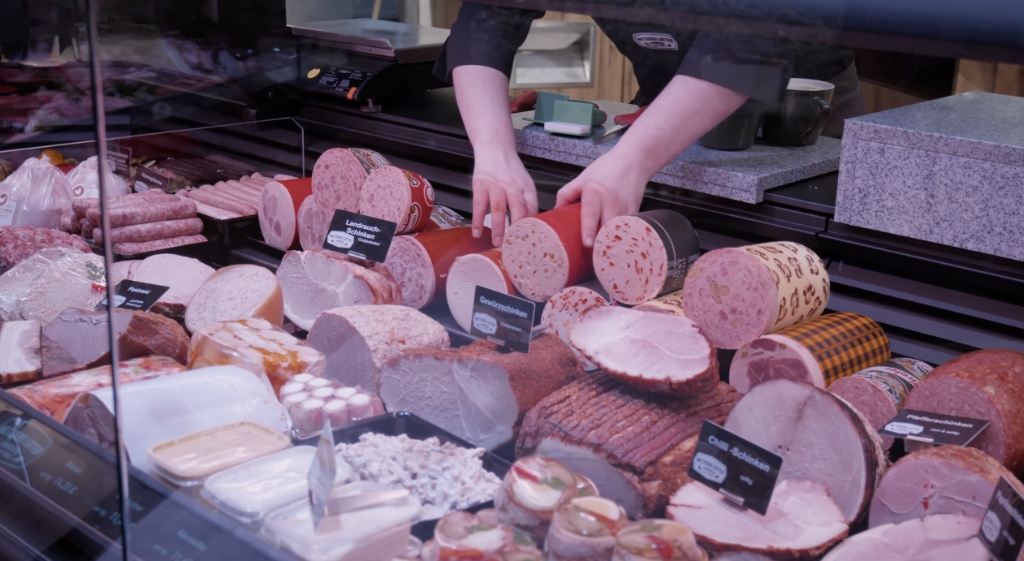
Despite the advancements, there are challenges to overcome in smart packaging for meat products. These include cost considerations, consumer acceptance, and regulatory compliance. Additionally, there’s an ongoing need for research and development to enhance these technologies further.
The future of meat packaging is undoubtedly leaning towards more sustainable and intelligent solutions. Continued innovation in biodegradable materials, nanotechnology, and IoT integration is expected to drive this sector forward, making smart packaging an indispensable part of the meat industry.
Conclusion
Smart packaging represents a significant step forward in the meat industry’s efforts to extend the shelf life of its products. By keeping the information mentioned above in mind, the industry can ensure that meat products remain fresh, safe, and of high quality for longer periods. As technology evolves, they can expect even more advanced solutions to emerge, further revolutionizing how meat is packaged and preserved.
Related Posts:
- 12 Best Lemon Squeezer 2023 - Juice Up Your Life
- 12 Best Electric Can Opener For Seniors 2023 - Work…
- 10 Best Dipping Sauces for Grilled Meat - Discover…
- 13 Gift Ideas For Meat Lovers - Grill, Smoke, and Savor
- Ribeye vs NY Strip - Meat Comparison
- Top 10 Best Meat Thermometer 2023 - Essential Kitchen Tools

